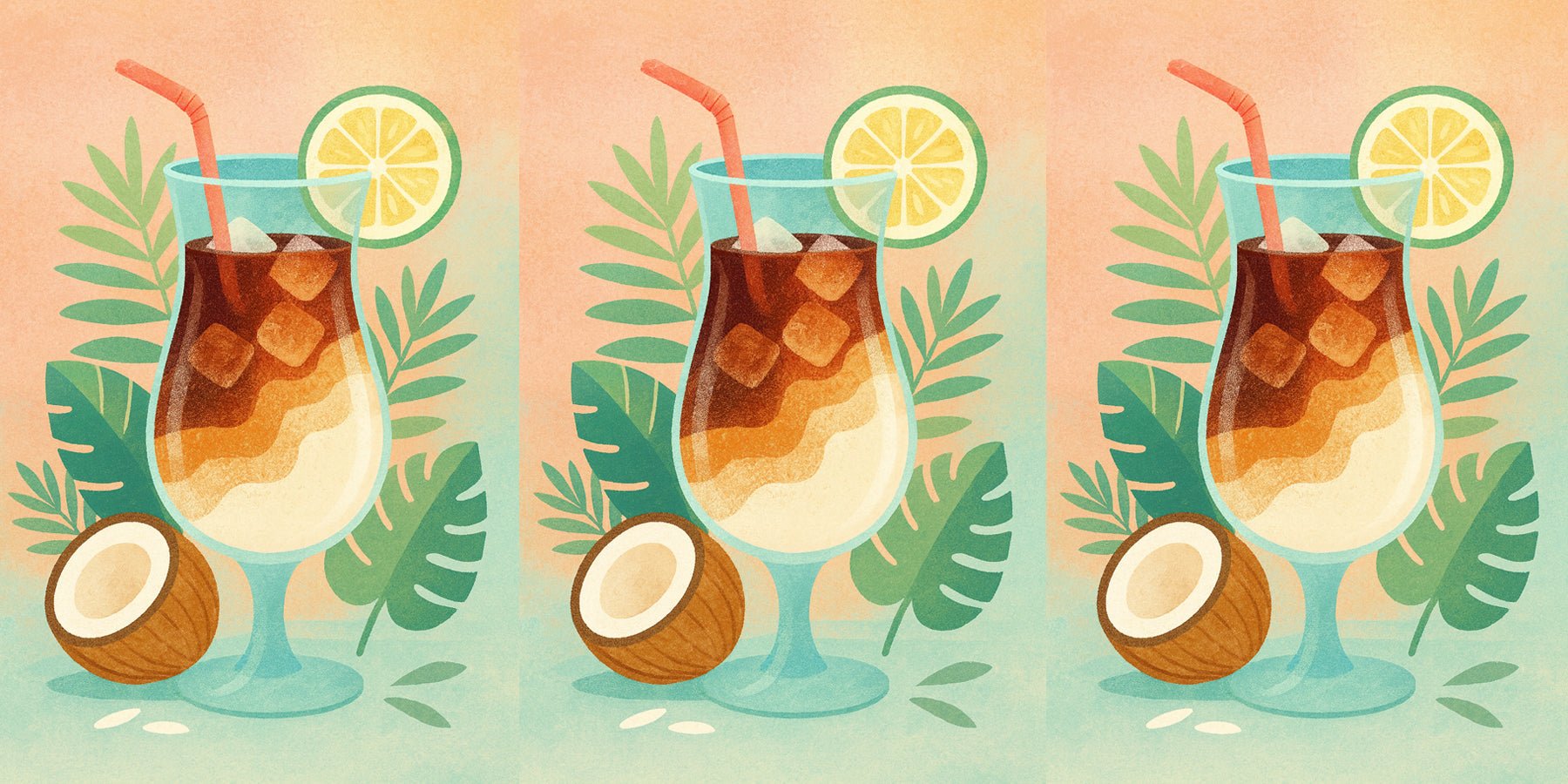If you go to a Chinese restaurant in the Netherlands, there is a good chance that you will see noodles and nasi on the menu. Yet these dishes are not originally Chinese, but have their roots in Indonesian cuisine. Why is it that we in the Netherlands often label these dishes as 'Chinese'?
A piece of history: Indonesia, the Netherlands and the Chinese
To understand the paradox, we must first go back in time. The Netherlands had a colonial relationship with Indonesia for centuries. The spices and other riches from the archipelago were of great economic importance. At the same time, there was also a large Chinese community in Indonesia. These Chinese often acted as middlemen and had their own food culture. When Indonesian cuisine came to the Netherlands in the 20th century, often via returnees and immigrants, it ended up in a melting pot in which Chinese cuisine also played a role.

The fusion of flavors: Chinese-Indian restaurants
After the independence of Indonesia, many 'Indonesian' Dutch returned to their mother country. They brought their food culture with them, including dishes such as noodles and nasi. However, to adapt to Dutch tastes and for economic reasons, many of these dishes were adapted. More and more Chinese immigrants also came to the Netherlands, who put their own spin on these dishes. This resulted in what we now know as 'Chinese-Indian cuisine', a fusion of Chinese and Indonesian influences, but with a Dutch twist. Which is also confusing, because it has nothing to do with India.

The confusion of the modern consumer
For many Dutch people, when they make noodles and nasi , this is synonymous with 'Chinese food', simply because these dishes are often served in Chinese-Indian restaurants. This confusion is understandable, given the complex historical and cultural context. Moreover, these dishes are often referred to simply as 'Chinese' in the Dutch media and popular speech, which means that their origins are increasingly disappearing into the background.
The many layers of noodles and nasi
So, why do we often call bami and nasi Chinese in the Netherlands? The answer is a complex mix of historical, cultural and economic factors. What started as Indonesian dishes transformed through the influences of Chinese immigrants and the taste preferences of the Dutch into the Chinese-Indian cuisine we know today. And while the term 'Chinese' may not be completely accurate, it does reflect the unique culinary melting pot that has emerged in the Netherlands.
Got a craving for nasi?
Here you will find a delicious recipe for nasi goreng complete, or: fried rice. Delicious, easy to make and on the table in no time. A recipe that should not be missing in your recipe book.
The links in this article are sponsored links, for more information see our terms of use .












Interesting? Share with someone:
Japandi: the living trend that brings Scandinavia and Japan together
Your wedding, your style: your alternative to the conventional wedding dress